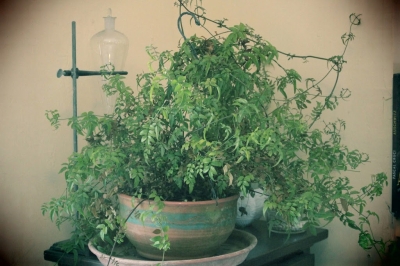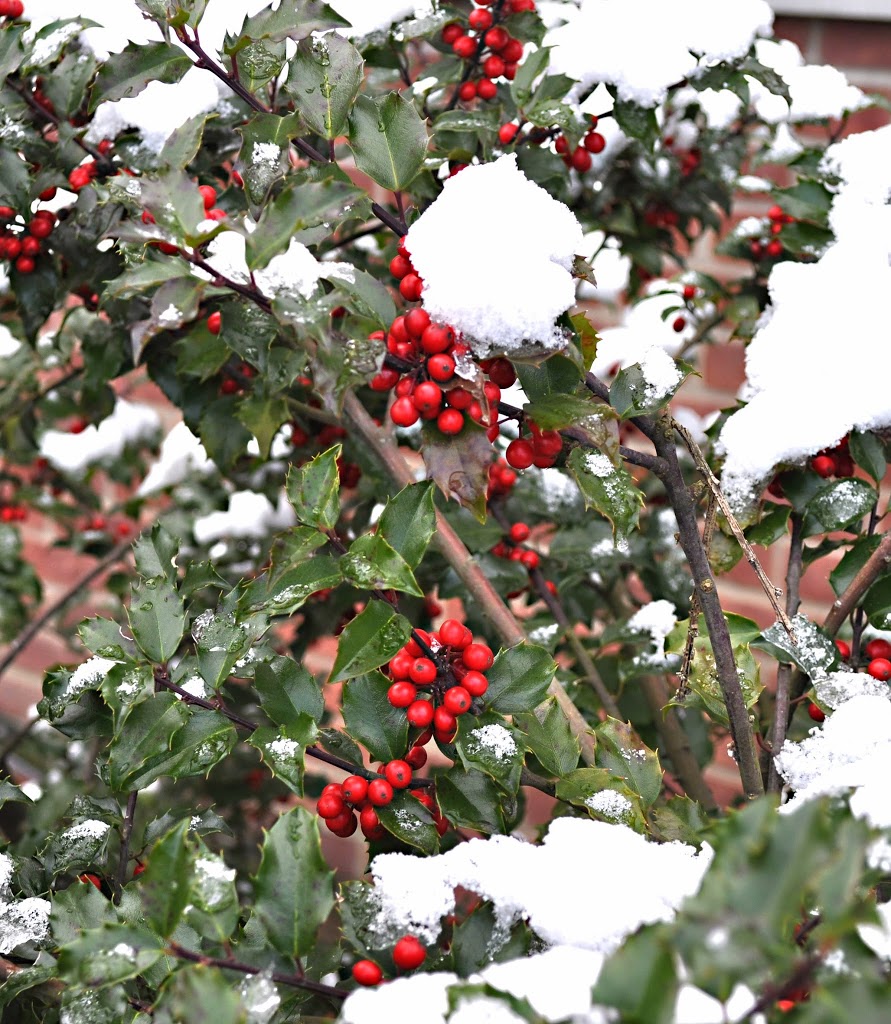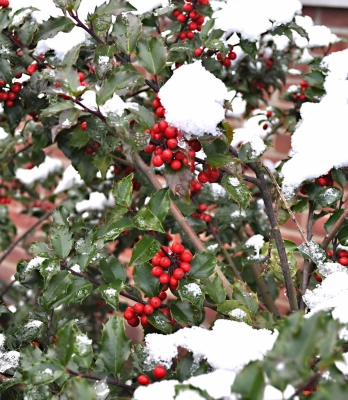LEE’S UPCOMING LECTURES/WORKSHOPS
•Jan. 9: Minnesota Nursery and Landscape Association, Minneapolis, MN, “Weedless Gardening”, “Luscious Landscaping, with Fruiting Trees, Shrubs, and Vines”
•Jan. 23: Long Island Horticultural Conference, Ronkonkoma, NY, “Pruning Shrubs”
•Jan. 25, Northeast Organic Farming Association of New York, Saratoga Springs, NY, “Growing Figs in Cold Climates”, “Espalier Fruits”
•Feb. 6, Indiana Museum of Art, Indianapolis, IN, “Multi-Dimensional Vegetable Growing”
•Feb. 15, Northeast Organic Farming Association of Vermont, Burlington, VT,
“Grape Expectations: Everything From Choosing Varieties to Eating the Berries”, “Pruning Fruit Trees, Shrubs, and Vines”
•Feb. 20, Ontario Fruit and Vegetable Convention, Niagara Falls, CA, “Uncommon Fruits with Commercial Potential”
•March 1, Northeast Organic Farming Association of Connecticut, Danbury, CT, “Growing Figs in Cold Climates”, “Multi-Dimensional Vegetable Gardening/ Farming”
•March 15, Connecticut Master Gardener Conference, Manchester, CT, “Fruits for Small Gardens”
AND NOW, ON TO HOLLY’S PROBLEMS
The problem is obvious: No sex. No sex, no berries. Oh, did I mention that I’m writing about hollies, my hollies? Now, after a number of years, the plants have grown lush with spiny, forest-green leaves. But no red berries.
A holly berry, like any other fruit, is a mature ovary, which is a home for a seed or seeds. Seeds are what stimulate development of a fruit, but seeds themselves usually can’t get started without sex. Sex happens in plants when male pollen lands on the female part of a flower, called the stigma, and then grows a
pollen tube down the style, which is attached to the stigma, to reach and fertilize an egg. The product of successful pollination and fertilization is a seed, the development of which induces the surrounding floral part to swell to become a fruit.
Why all this concern with holly’s sex life? After all, I don’t give sex a second thought when growing tomatoes. I plant whatever varieties I want and then reap plenty of swollen ovaries . . . er, fruits . . . as well as, incidentally, seeds.
Holly is special because its pollen is borne on flowers that are strictly male and its eggs are contained within flowers that are strictly female. Each tomato flower, in contrast, is botanically “perfect,” with both male and female parts, so can take care of itself, sexually speaking. Similarly self-sufficient are rose flowers, peach flowers, sunflowers, and the flowers of many other plants.
Holly is not alone in having single sex — botanically, “imperfect” — flowers. Many nut trees, for example, share this trait. But holly goes one step further sexually, with whole plants being either male or female, a trait shared by ash and persimmon trees, among others.
The long and the short of it is that I need an all-male holly tree or bush if I’m going to deck my halls with (berried) boughs of holly from my all-female holly tree or bush. A male plant, all leaves and no berries, is not as showy as a female, so it’s fortunate that a single male can sire a half-dozen or so females.
Adding to their sex problems, or, rather, our problems with their sex life, hollies are not all that promiscuous. A few different species supply us with berried boughs — notably American holly, English holly,
 |
| My sex-less hollies |
and Meserve holly — but, generally, each keeps fidelity to its own species. (An exception is that English holly can pollinate Meserve holly, which is a hybrid offspring of the English species.) Further compounding hollies’ sex problems, some males within a species cannot even adequately pollinate some females within the same species because their bloom times do not overlap.
Breeders have come up with a number of virile male varieties whose genders are obvious from their names: Blue Prince and Blue Boy Meserve hollies, and Jersey Knight American holly are examples. These males, as you might guess, are particularly good mates for the varieties named, respectively, Blue Princess, Blue Girl, and Jersey Princess.
————————————————————–
The hollies that I planted were Meserve hollies. I’m pretty sure that I planted a suitable male for my 5 females, with the male sufficiently close to do their thing with the females. So, why no berries?
One possibility is that my hollies had sex, but that late frosts caused fertilized flowers to abort. But every year? My hollies have never sported berries. One hundred percent frost damage every year is unlikely, and especially so this past spring.
The nursery could have mislabeled their plants. The only way to sex the plants is to peer closely at the small flowers early next May and look for those with male or female flower parts. I’ll do that.
————————————————————–
Sex is no problem for my jasmine (Jasminium officinale) plant; its problem is sexuality. The plant lacks flowers, and flowers are all I ask for from this plant. This plant, commonly known as poet’s jasmine, is supposed to sport oodles of deliciously fragrant, starry, white blossoms about now. (Now that I think of it, perhaps the hollies have never flowered no flowers, no sex, no berries.)
Like amaryllis, Christmas cactus, and many other winter-flowering plants, poet’s jasmine initiates flower buds in response to changing conditions such as exist in late summer and early fall. To whit, shortening days,
 |
| My flowerless jasmine |
cooler temperatures, and/or, in some regions, drier weather. I’ve tried them all with my poet’s jasmine, and every year about midwinter, buds begin growth on the plant that keep stretching out into lanky, twisting shoots that try to grab onto whatever they can twist around. But no sign of flowers or flower buds.
It’s time to threaten the plant. No flowers this winter and into the compost you go, my little jasmine. (I’ve also tried threatening in previous year, to no avail.) Any suggestions??





